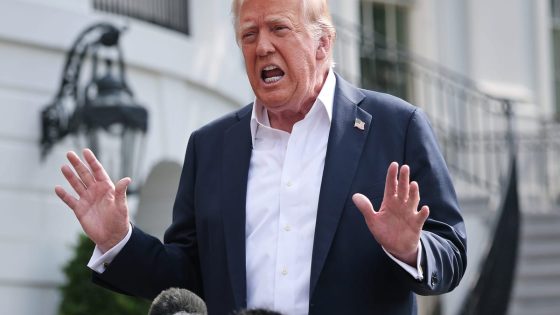In recent months, the U.S. has seen significant developments in trade negotiations, particularly under President Trump’s administration. Despite his reputation as a dealmaker, the reality is that Trump has finalized only two interim deals, one with Vietnam and another with the U.K., leaving many details unresolved. As the August deadline approaches, countries like the EU, Canada, and Japan are scrambling to secure agreements.
- Trump finalized two interim trade deals.
- Countries rush for deals before July deadline.
- Tariffs raised to levels unseen in decades.
- Trump views tariffs as revenue sources.
- Belief in tariffs to restore U.S. jobs.
- Trade deficits seen as losses by Trump.
With the clock ticking towards 2025-07-15 07:01:00, the focus remains on tariffs, which Trump views as essential tools for economic strategy. His administration has effectively raised tariffs to levels not seen in nearly a century, prioritizing revenue generation and job protection over comprehensive trade agreements.
What does this mean for American consumers and businesses? The emphasis on tariffs could lead to higher prices for imported goods and strained international relations. Key points to consider include:
- Trump’s tariffs aim to protect U.S. jobs and manufacturing.
- Many countries are still negotiating under tight deadlines.
- Future deals may lack detail and clarity.
- Tariffs could lead to increased costs for U.S. consumers.
As negotiations unfold, it’s crucial for Americans to stay informed about how these tariffs and deals may impact their daily lives. Will the U.S. emerge as a stronger economic player, or will these strategies backfire?































